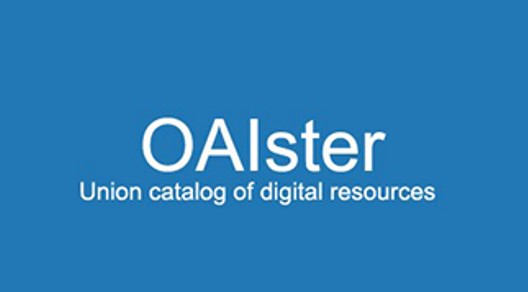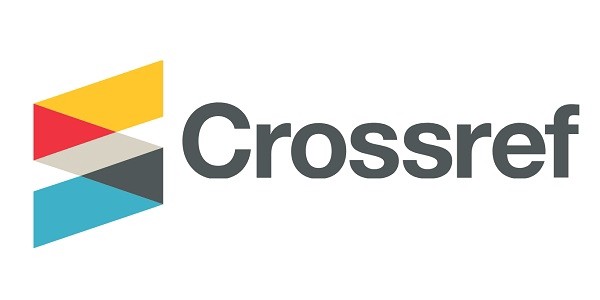Benefits of Islamic Economic System and its fruits in real life: a comparative analysis
DOI:
https://doi.org/10.5281/zenodo.7483626Keywords:
Islamic Economics, Benefits, Fruits, Islamic Economic system, balance of economy (BOE).Abstract
Almighty ALLAH is the owner creator and planner of this universe and from the beginning of the human beings on this planet ALLAH S.W.T created the best economic sources for humanity in the form of fruits crops and minerals etc. In our current research topic, we are going to cover Islamic Economic parameters and use the methodology of comparative analysis of Islamic and Conventional economic systems designed by mankind over time using the cross-country descriptive conceptual analysis. We need to conduct research on this topic because of the economic collapse in the entire world. The capitalist economic system is failed to maintain the Balance of the Economy (BOE) among the people, poor and rich in all countries. In the Holy Quran, ALLAH S.W.T says “Consider and ponder on things that we have created and there are many signs for the people who know,” therefore, we concluded Islam has given one of the best economic systems in the world. In the Islamic economic system, the balance of the economy can be maintained easily.
Downloads
Published
How to Cite
Issue
Section
License

This work is licensed under a Creative Commons Attribution-NonCommercial-NoDerivatives 4.0 International License.





























